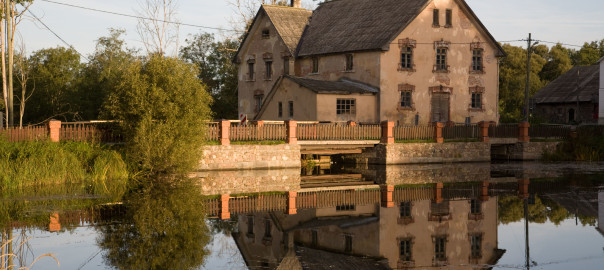
Cīrava watermill
The watermill of Cīrava manor is an architectural monument under the state’s proctetion. Cīrava watermill was built in 1881. Currently, it hosts the centre for non – formal education centre and artists’ residence and culture called “Cita abra”. The centre is open for visitors during summer season!
Address: Cīrava
Phone: (+371) 22589000
GPS: 56.736281, 21.384323
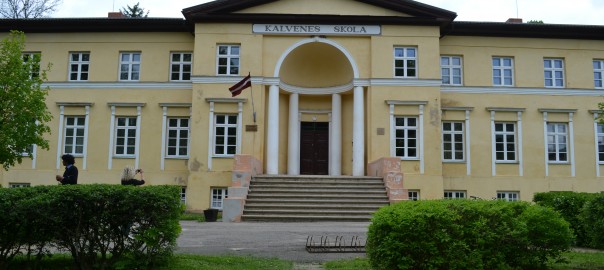
Tāši-Padure Manor
Tāši – Padure manor (Tasch – Paddern) as the Corfu family castle was built in the early 19th century, was acquired into the prperty of the Keyserligks family in 1852. The hunting house of Count Keyserlingk is a splendid example of late classicism and was used as his summer house. The interior preserves several fragments of the old interior’s finishing. After the completion on the Manor house, a park of more than 10 ha was built around it with a number of species of forgein trees. Currently the manor house hosts Kalvene primary school.
Address: Skolas iela 1, Kalvene
GPS: 56.604161, 21.730417
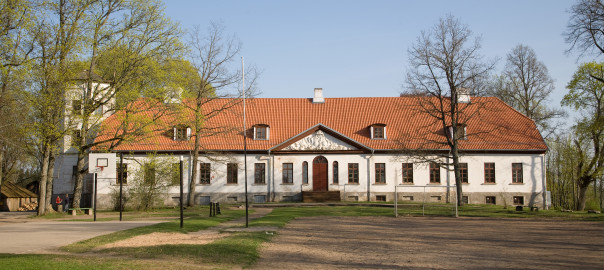
Apriķi Manor―Museum
Apriķi manor (Apprikken) baroque – style development first appeared at the river Alokste in the early 18th century, when a manor house, a granary and a housekeeperš house were built around the yard. The manor house was completed by 1742, and a three – tory octagonal neo – gothic tower was addes to it in the 19th century [...]
Address: Apriķi, Lažas pagasts
Phone: (+371) 29184684
GPS: 56.803721, 21.507341
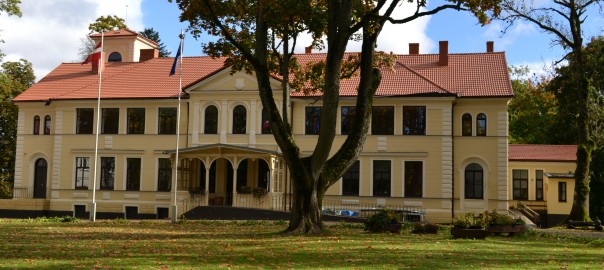
Laža – Padure Manor
Laža – Padure manor (Laschen) renovation works wre carried out in the 1970s, when a park and an artificial pond were also made. The park has several rare tree species. After the agrarian reform of the first ibdependence of latvia, the land plot of the Manor was distributed in 1920 to farmers who were fighting for the freedom of Latvia but the castle remained without its owner. In 1929, it was reassigned as a school. In 1969, a special boarding school was opened here.
Address: “Lažas internātskola”, Lažas pagasts
GPS: 56.749524, 21.584376
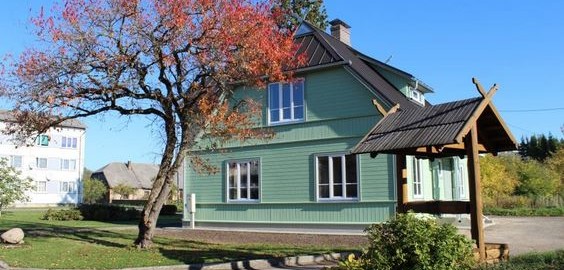
Cīrava antiquities storehouse
The house of the museum is built in the centuries 1920s as the savings and loans association’s (bank’s) quarters, later it was used for different things – for post, for apartments, as a kolkhoz office and the local community’s council. The museum’s exhibitions give you the insight in Cīrava town’s and Latvia’s economic and cultural life [...]
Address: “Atbalsti”, Cīrava
Phone: (+371) 25412434
GPS: 56.737667, 21.387500
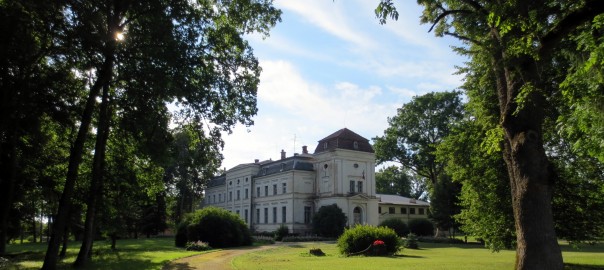
Dzērve Manor and park
Dzērve manor (Dsehrwen) house was built in the early 19th century. It was destroyed by the fire during the revolution in 1905, but later (1906 – 1912) was rebuilt according to a design by architect G. Berchi in a neo – classicist style. Large white tile fireplace, tairs with handrails and the 20th century interior decorations are still well – preserved from the old period of the ruling barons. The Manor also includes a large landscape park of 6,7 ha created according to the English style of Courland. The manor currently houses Dzērve primary school.
Address: Dzērve, Cīravas pagasts
GPS: 56.750544, 21.403354
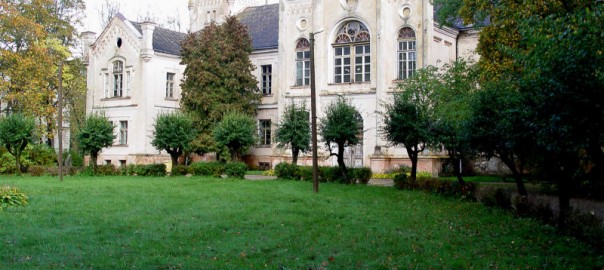
Cīrava castle
Cīrava castle manor (Zierau) was built in 1752 for the von Manteuffels family as a hunting house. It was rebuilt in neogothic style during the 1960s. The manor has partially preserved interior decoration from the 19th century, including eclectic ceiling paintings and stucco ornamentations. The manor viewed from the outside!
Address: Cīrava
GPS: 56.735300, 21.385380
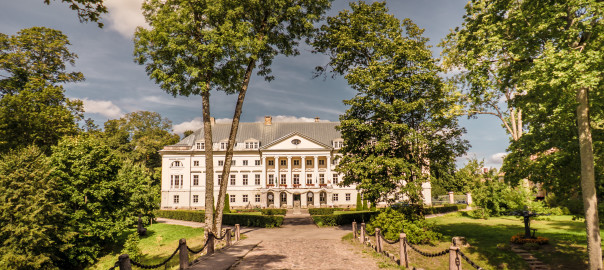
Kazdanga manor complex
Kazdanga manor complex (Katzdangen) has been owned by the rich and politically influential barons of Kurzeme – Manteifeļi. Kazdanga manor was built in classicism style in the beginning of 19th century by the famous west European architect J. G. Berlic [...]
Adress: Jaunatnes gatve 1, Kazdanga
GPS: 56.734056, 21.732832
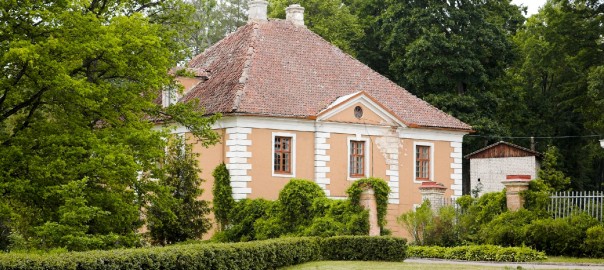
Cavalier House and Granary
Kazdanga manor was built simultaneously with two granaries on its sides where one was later turned into a cavaliers’ house. This building preservesthe peculiar circular stairs that lead up to the attic. Yhe interior is decorated by a genre mural “Kazdanga 1888. To the market” painted by to Latvian artists L. Gintere and F. Kirke in 1976 in the tempera technique. Classicism style parquet is preserved on the first floor of the building.
Address: Jaunatnes gatve 1, Kazdanga
GPS: 56.733652, 21.732315
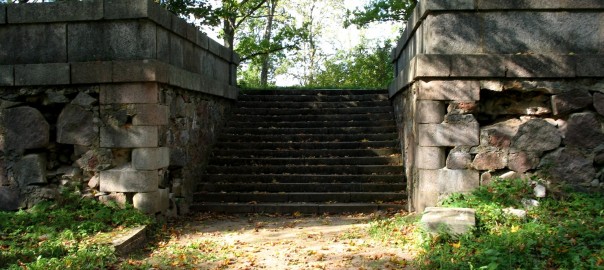
Crypt of Barons Manteuffels
The crypt was first created in the period from 1903 to 1904, but the work was halted by World War I. The crypt had a marble monument, fontains and graves were covered with heavy stone slabs with the life details of the deceased. Today, 12 stone memorial plates remain here, and there is an indication of the place intended to store zinc coffins.
Address: Kazdanga
GPS: 56.735829, 21.732882
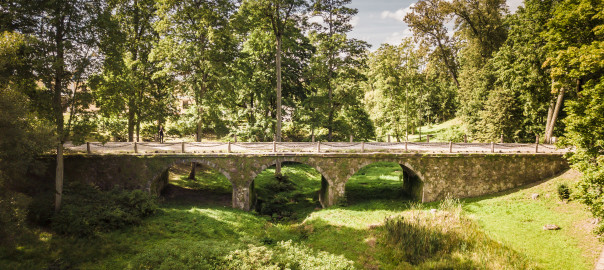
Stone bridge
The stone bridge, which was built in 1840, leads to Kazdanga manor at the end of an alley of linden trees and crosses a ravine. The bridge is populary called the “Bridge of sighs” (Latvian: Vaidu tilts). Why sighs? It is because a lot ot tears, sweat and blood were shed when the bridge was built. The top of the bridge has small granite columns with iron shains and ornaments. Currently visible chains are sais to have been used on ships. A fragment of chain from the barons’ period is on display in the Kazdanga manor museum.
Address: At the end of Pils gatve, Kazdanga
GPS: 56.733296, 21.733234
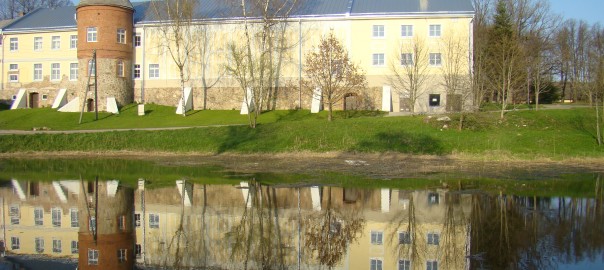
Former manor horse stable (Kazdanga House of Culture)
Initially, the building was made as a house for servants in 1686. In 1914, it was converted into a horse stable, and then (1957 – 1959) the stable was rebuilt to use it as a house of culture. The interior decorations was created by the latvian artist Albīns Dzenis and wood sculptor Ernests Treimanis by applying the national style. Currently, the building hosts a cultural centre and library.
Address: Pils gatve 4, Kazdanga
GPS: 56.732223, 21.732913
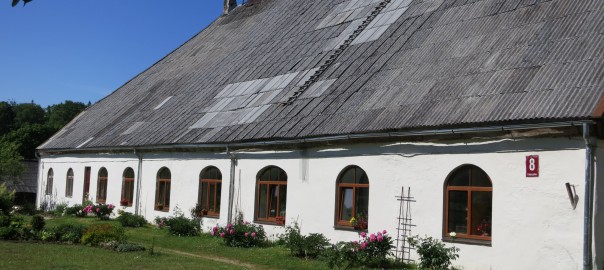
Former manor pub building
The pub building was built in 1868. The pub owner and his family lived in the northern end of the building. The middle section was used as a pub but the southern end was for accommodating travellers and their horses overnight. During the period of baron Karl Wilhelm, the pub was converted into a tea room. This building is a national monument of culture, and its main attraction and values are the facade, the old semi – circular arched windows and doors, as well as two iron wind indicators made in 1667.
Address: Liepu gatve 8, Kazdanga
GPS: 56.729628, 21.731743
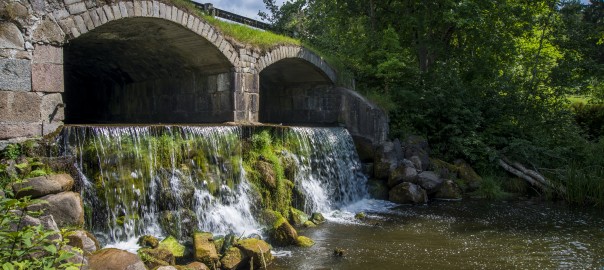
Mill and mill lake
The mill was built in 1840. Later it was fully rebuilt and only the facade gives a small glimpse into its past. Visitors can rent a SUP board for recreation in the lake.
Address: Liepu gatve 10, Kazdanga
Phone: (+371) 29774842
GPS: 56.728699, 21.732143
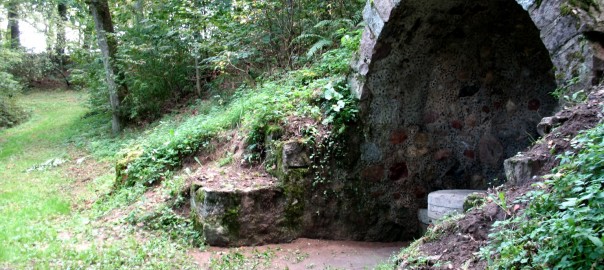
Grota
Kazdanga manor park with an area of 196 ha is a network of trails and velo paths. One of the velo trails winds along Dzirnezers lake and ends at the grota. Visitors can admire the beautiful scenery and attractive wooden sculptures. The grota is built of fields stone in 1914 and was a favourite leisure and resting place of the Baron Mantueffel.
Address: Kazdanga
GPS: 56.718216, 21.735156
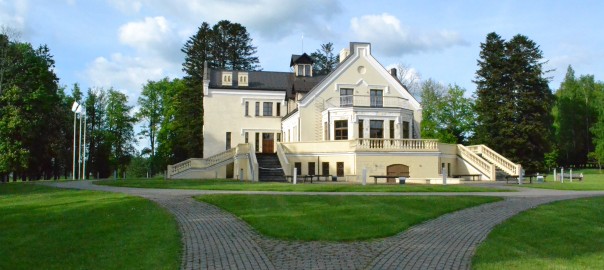
Boju manor
Boju manor (Bojen) was built in 1860 by Baron von Behr. Boju manor house is represented by a Latvian villa – type building. The designer of the manor focused on its spatial solution. There is a park with two ponds and plantations of European fir trees next to the manor. The manor building currently houses the Southern Courland Forestry of “Latvia’s State Forests”.
Address: Bojas, Kazdangas pagasts
GPS: 56.681054, 21.655130
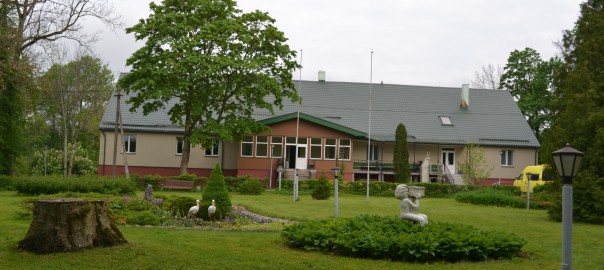
Rokaiži manor
Rokaiži manor (Rokaischen) owned to Baron Hahn family. In 1846, in the Rokaiži manor remarkable Latvian folkrorist Fricis Brīvzemnieks was born. At the end of the lane of Rokaiži is monument, where teacher Juris Zinbergs was hung – one of the main organisers of the 1905 riots and the leading LSDSP member in Aizputes county. Manor now hosts “Rokaiži” retirement home since 1946.
Address: Rokaiži, Kazdangas pagasts
GPS: 56.734246, 21.658871
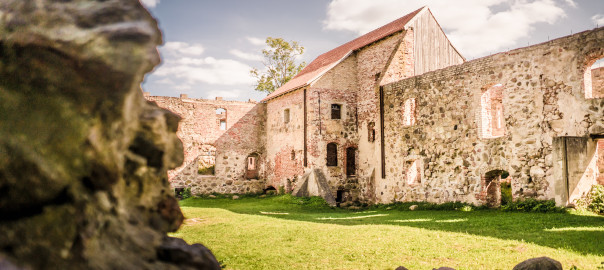
Livonian Order Castle Ruins
Dietrich von Groningen , master of the Order, began the first Castellum – type castle construction in the 13th century (Ordensburg Hasenpoth). At the beginning , the castle had a courtyard, corner towers and wooden buildings in the courtyard. It served as proctective border zone where the territory of Courland bishop and the Livonian Order met. In the 15th century , living quarters were built, including cellars and a gallery. Above the gates in the courtyard, the plastering has partially survived with its decorative finish in the scgrafito technique.
Address: Liepājas iela 9, Aizpute
GPS: 56.720874, 21.595696
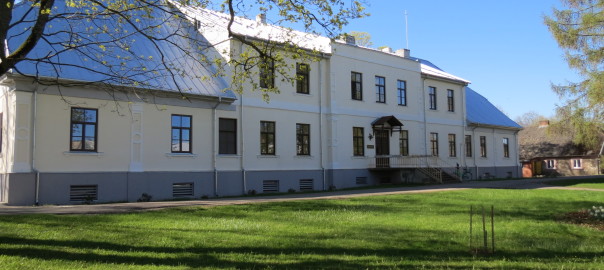
Aizpute local history museum
The museum is found in a historic building – jaunās Pilsmuižas kungu māja. The house is built in 18-19th century as the new kungu māja. The castles owner’s family came to live, leaving the servants in the old castle. In the museum, there are 7 permanent exhibitions, which give you the insight in Aizpute town’s and the closest surrounding history [...]
Address: Skolas iela 1, Aizpute
Phone: (+371) 29623284
Web page: www.aizputesmuzejs.lv
GPS: 56.722637, 21.598335
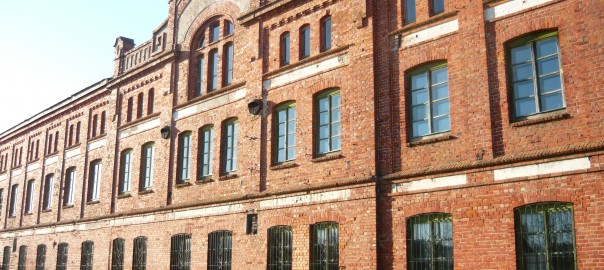
Lindenberg Cardboard Factory Building
This red brick three – storied house is a typical example of late 19th century manufacturing building with extensively decorated architectural design of the main facade. It was a local architectural monument during the Soviet era, and it still remain one today. The factory was opened in 1890 for the production of pharmacy boxes, small bags and labels [...]
Address: Kalvenes iela 27, Aizpute
Phone: (+371) 28633808
Web page: www.mfr.lv
GPS: 56.716043, 21.614935
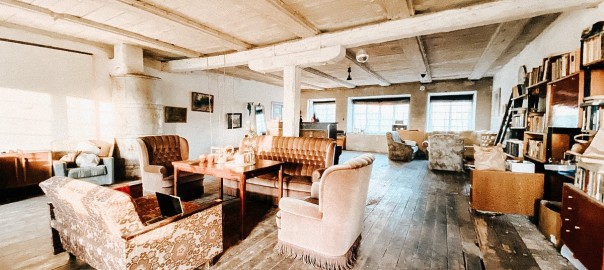
Castle pub
The building was built in the middle of the 19th century, and to the present has remained almost without changes. During its existence, it has been used as a granary sales point and for the Aizpute Parish Board. During Soviet times, the Consumer Society’s garages and agricultural product sales point was located there. The building has been listed as a local architectural monument. During summer season, there are place to held creative activities, place to sleep, and also building and city tours are aviable.
Addrese: Liepājas iela 20, Aizpute
Phone: (+371) 26546561
GPS: 56.721354, 21.594034
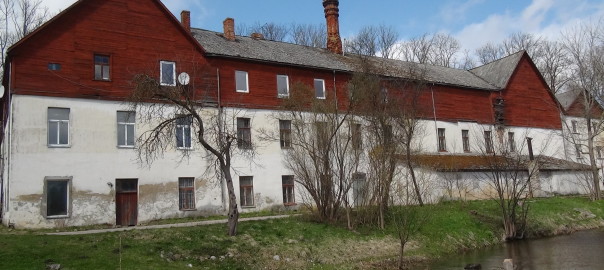
Beer brewery of the Manor
The building was constructed in the late 19th century by uniting two older household buildings of the castles. In the past, the building had a wool spinning area next to the beer brewery but, during Soveiet times, it was used for the production of lemonade. A tractor machinery station was situeted here in the late 1950s.
Address: Liepājas iela 12, Aizpute
GPS: 56.721576, 21.597387
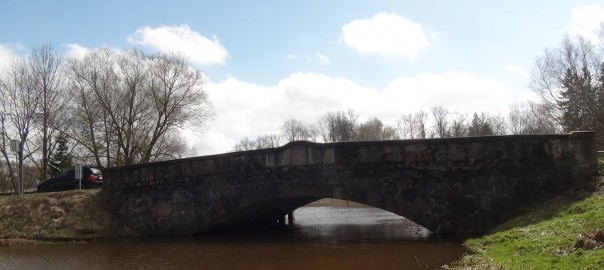
Stone bridge
The stone bridge is the oldes and the most massive bridge in Aizpute town and it links the banks of the river Tebra. The bridge was built in 1907. Kazdanga baron, karl Wilhelm von Manteuffel, funded the construction of the stone railings so the central par of the railings has Manteuffels’coat of arms and the inscription of the year of construction.
Address: Liepājas iela, Aizpute
GPS: 56.721200, 21.597463
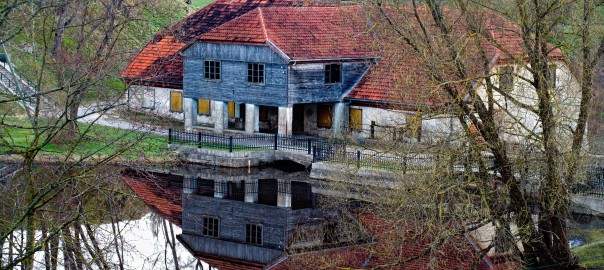
Watermill
The watermill complex (18th – 19th century), stone bridge over Tebra (1907) with Manteifeļi family emblem on the handrails, beer brewery in Liepājas street, Aizputes castle manor house complex and historical wooden architecture buildings in the area between Jāņa, Katoļu and Atmodas streets from the end of the 19th century make up a unique town planning ensemble. The oldest two storey residential house built in the 16th century as the Dom tavern is found on Atmodas street 9, it was rebuilt in later years. It is especially interesting to inspect the building smaller elements – the doors, windows and balcony railings.
Address: Liepājas iela 10, Aizpute
GPS: 56.722106, 21.599619
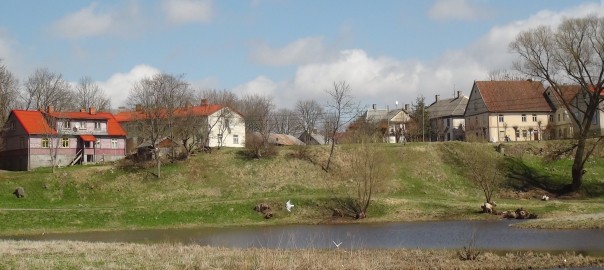
Aizpute historical town
Aizpute is one of the oldest town in Latvia. It is situated on the right bank of the river Tebra. The first records of the town buildings can be found from the 14th century. The oldest part of the town was located in the territory surrounded by Atmodas, Jāņa and Katoļu streets, butlater it was expanded towards Jelgavas, Kalvenes and Kuldīgas streets.
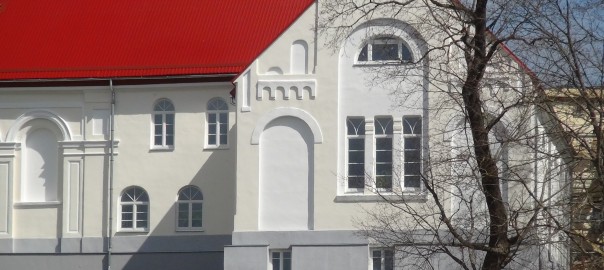
Synagogues (Aizpute House of Culture)
After 1795, when the little country of Piltene and all of Kurland was added to Russia, there were few inhabitants in Aizpute, therefore the government ushered in Jews from Lithuania. Their count grew rapidly and, of course, they needed their own synagogue. The construction of the first synagogue started in the 19th century [...]
Address: Atmodas iela 16, Aizpute
GPS: 56.719227, 21.603179